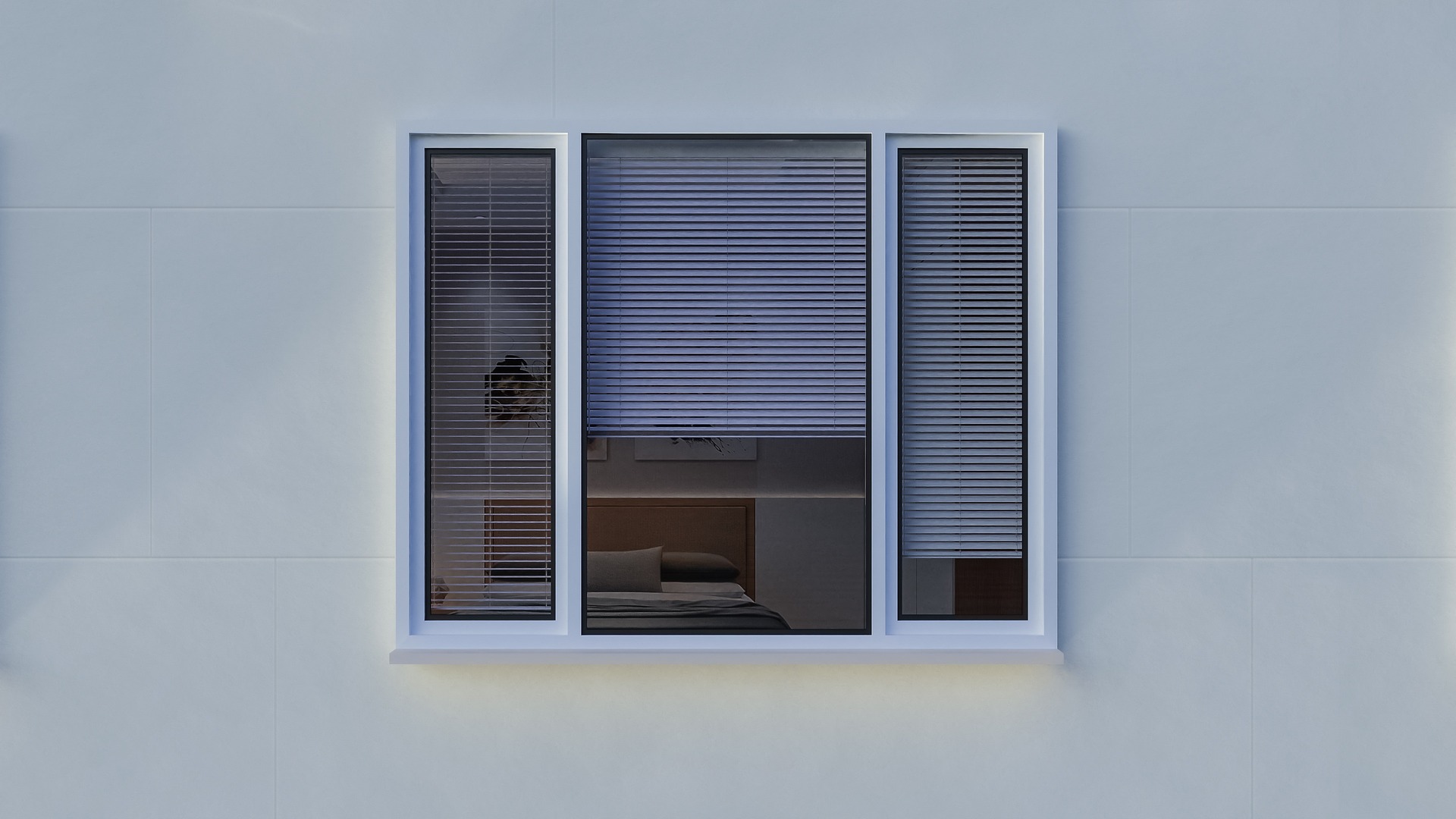Understanding Home Renovation: A Complete Guide for Homeowners
Home renovation projects can transform your living space and increase property value, but they require careful planning and execution. Whether you're updating a single room or undertaking a whole-house makeover, understanding the process from start to finish helps ensure success. This guide walks you through essential considerations, from initial planning and design choices to overcoming obstacles and maximizing your investment return.

Renovating your home is one of the most significant investments you can make in your property. It offers the opportunity to customize your living space, improve functionality, and potentially increase resale value. However, without proper preparation and knowledge, renovation projects can quickly become overwhelming and costly.
Introduction to Home Renovation
Home renovation encompasses any project that improves or updates an existing structure. This can range from minor cosmetic updates like painting and flooring replacement to major structural changes such as room additions or kitchen remodels. The scope of renovation work varies widely based on your goals, budget, and property condition. Understanding what renovation entails helps you set realistic expectations and prepare for the journey ahead. Successful renovations balance aesthetic preferences with practical needs while staying within financial constraints. Many homeowners find that even modest updates can dramatically improve their daily living experience and home comfort.
Planning Your Home Renovation
Proper planning is the foundation of any successful renovation project. Start by identifying your primary goals and priorities. Are you renovating to improve functionality, update outdated features, or prepare for resale? Create a detailed list of desired changes and rank them by importance. Next, establish a realistic budget that includes a contingency fund of at least 15-20% for unexpected expenses. Research local building codes and permit requirements, as many renovations require official approval. Consider the project timeline and how it fits with your lifestyle. Will you need temporary housing during construction? Consulting with contractors early in the planning phase provides valuable insights into feasibility and costs. Gather multiple quotes and check references thoroughly. A well-structured plan reduces stress and helps prevent costly mistakes during execution.
Designing Your Dream Home
The design phase transforms your renovation vision into concrete plans. Begin by collecting inspiration from magazines, websites, and showrooms to clarify your style preferences. Consider how each space will be used and design accordingly. Kitchens benefit from efficient work triangles, while bathrooms need adequate storage and ventilation. Work with designers or architects for complex projects to ensure structural integrity and optimal space utilization. Select materials and finishes that balance aesthetics with durability and maintenance requirements. Pay attention to lighting design, as proper illumination enhances both functionality and ambiance. Color schemes should reflect your personal taste while maintaining broad appeal if resale is a consideration. Remember that trends come and go, so incorporate timeless elements alongside contemporary touches. Create detailed drawings and specifications to communicate clearly with contractors and ensure everyone shares the same vision.
Understanding Renovation Costs and Budgeting
Renovation costs vary significantly based on project scope, materials, labor rates, and geographic location. Minor cosmetic updates typically cost less than structural changes or high-end finishes. Kitchen renovations generally range from moderate investments for basic updates to substantial expenses for complete remodels with premium appliances and custom cabinetry. Bathroom renovations follow similar patterns, with costs influenced by fixture quality and tile work complexity. Whole-house renovations represent the largest investment, often requiring comprehensive budgets that account for multiple rooms and systems.
| Project Type | Scope | Estimated Cost Range |
|---|---|---|
| Kitchen Remodel | Minor updates, refacing cabinets, new countertops | $10,000 - $25,000 |
| Kitchen Remodel | Major renovation, new cabinets, appliances, flooring | $40,000 - $75,000 |
| Bathroom Remodel | Cosmetic updates, fixtures, tile work | $8,000 - $20,000 |
| Bathroom Remodel | Complete renovation with high-end finishes | $25,000 - $50,000 |
| Room Addition | Basic construction, standard finishes | $80,000 - $150,000 |
| Whole House Renovation | Comprehensive updates throughout | $100,000 - $300,000+ |
Prices, rates, or cost estimates mentioned in this article are based on the latest available information but may change over time. Independent research is advised before making financial decisions.
Addressing Common Home Renovation Challenges
Even well-planned renovations encounter obstacles. Budget overruns rank among the most common issues, often resulting from unexpected structural problems, scope changes, or material price fluctuations. Combat this by maintaining your contingency fund and making thoughtful decisions about upgrades. Timeline delays frustrate homeowners but frequently occur due to material shortages, weather conditions, or permit processing. Build flexibility into your schedule and maintain open communication with contractors. Discovering hidden problems like water damage, outdated wiring, or structural issues during demolition can necessitate additional work. Professional inspections before starting help identify potential problems early. Living through renovation creates stress and disruption. Establish clear work hours, designate dust-free zones, and maintain realistic expectations about daily life during construction. Disagreements with contractors sometimes arise over quality, timeline, or costs. Detailed written contracts, regular progress meetings, and documented communications help prevent and resolve conflicts.
Maximizing the Value of Your Home Renovation
Strategic renovation choices optimize your return on investment. Focus on projects that offer the best value, such as kitchen and bathroom updates, which typically recoup a significant portion of their cost. Curb appeal improvements like landscaping, exterior painting, and entry door replacement create strong first impressions. Energy-efficient upgrades including insulation, windows, and HVAC systems reduce utility costs while appealing to environmentally conscious buyers. Avoid over-improving for your neighborhood, as excessive luxury features may not return their investment in certain markets. Quality workmanship matters more than expensive materials in many cases. Proper installation of mid-range products often outperforms poor installation of premium materials. Document your renovation with before-and-after photos and keep records of all permits, warranties, and receipts. These materials prove valuable for insurance purposes and future resale. Consider how renovations affect home functionality and flow, as practical improvements often provide more satisfaction than purely aesthetic changes.
Home renovation offers tremendous potential to enhance your living environment and property value when approached thoughtfully. By planning carefully, designing with purpose, anticipating challenges, and making strategic choices, you can navigate the renovation process successfully and create the home you envision.






